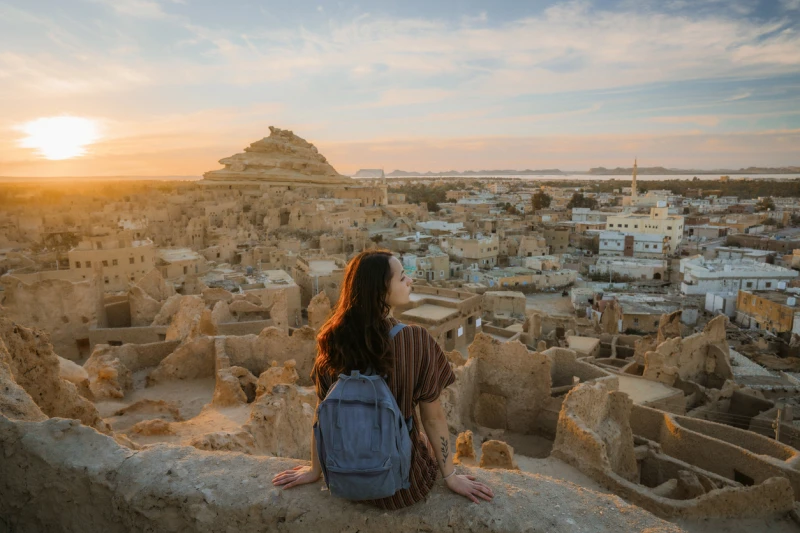Explore fascinating Egypt facts, from the Great Pyramids and Nile River to mummies and hieroglyphs. Learn what makes Egypt a unique and timeless destination.
1. Cairo is the largest city in Africa and the Middle East
Yes, Cairo has been the capital of Egypt for more than one thousand years, and it is 500 square kilometers. The city has a population of 22 million people, making it the largest in the Middle East and Africa and one of the most populated in the world.
But Cairo’s overpopulation might have its days counted because the government is building a new capital 45 km away from it, aiming to ease the current capital's bad traffic, among other issues.
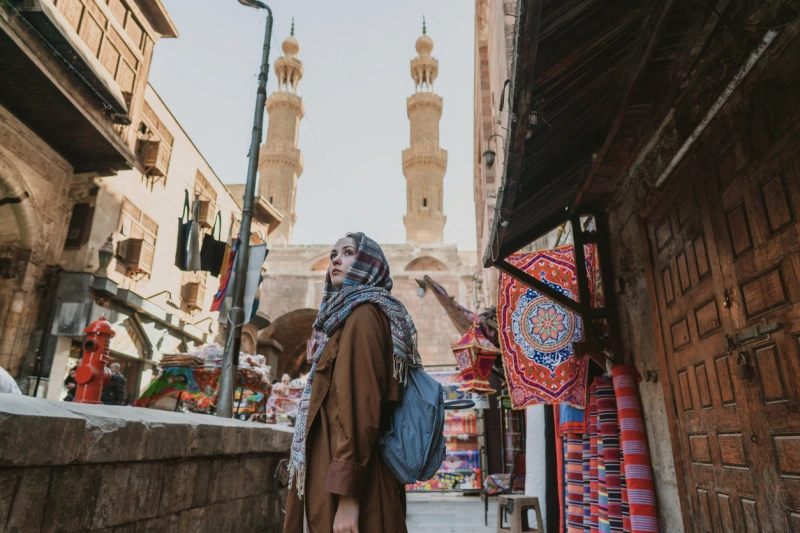
2. The famous Queen Cleopatra VII was not Egyptian but Greek
Cleopatra VII was one of the most famous rulers of Egypt, even though she was not Egyptian. She was indeed born in Egypt, but she descended from Macedonian Greeks and was educated in Greece. She was part of the Ptolemaic dynasty, which started with Ptolemy I Soter, one of Alexander the Great’s generals, who took Egypt after his death. Even though she was not ethnically Egyptian, Cleopatra embraced the country’s customs and spoke fluently in the local language, which helped her acceptance.
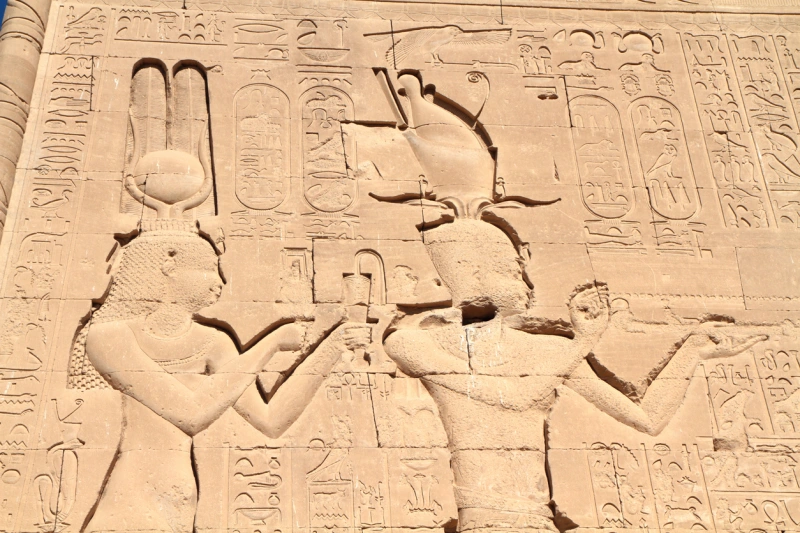
3. Egypt has 7 UNESCO World Heritage sites
Egypt is home to seven sites considered World Heritage sites by UNESCO. They are the necropolis of Memphis; the temples between Luxor and Aswan from Abu Simbel to Philae; the necropolis of Ancient Thebes; Whale Valley (a valley of fossil remains of the first and now extinct whales); Historic Cairo; and Saint Catherine Monastery.

4. Ancient Egyptians produced the world's first prosthetic limb
Ancient Egyptians invented a lot of things that are still used nowadays, and we have no doubts that their knowledge was impressive. Yet, some are truly surprised by the complexity involved. A good example is the production of the world’s first prosthetic limb between 950 and 710 B.C., a toe composed of wood, leather, and thread. They also built some of the oldest hospitals in the world: the Temple of Kom Ombo, which served the gods Sobek and Horus, was also a cure center. It is known that surgeries were performed there, and many hieroglyphs display surgery instruments on the walls.
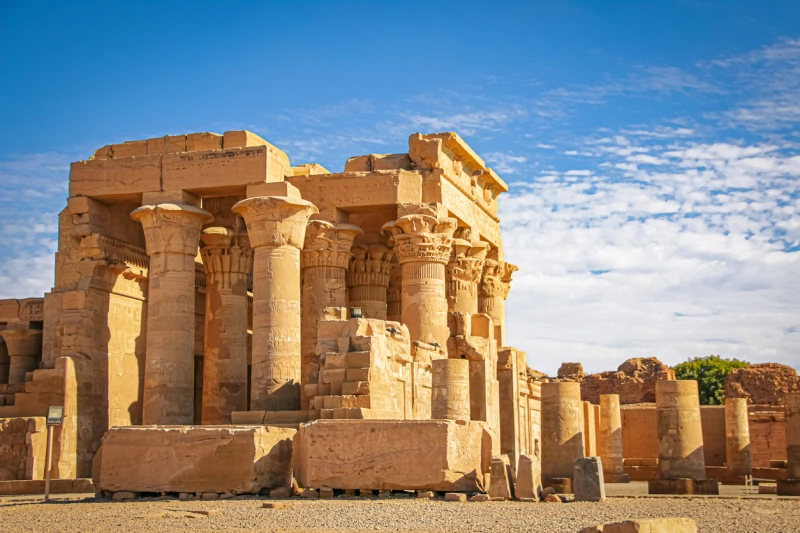
5. The 365-day calendar was invented by the Ancient Egyptians
The Egyptian calendar was one of the first to be invented. It took into consideration the sun's cycle using calculations that were based on its rotation. This was very important because Ancient Egyptians were farmers, and agriculture depended on knowing the weather conditions and the different seasons so they could organize the plantation and the harvest.
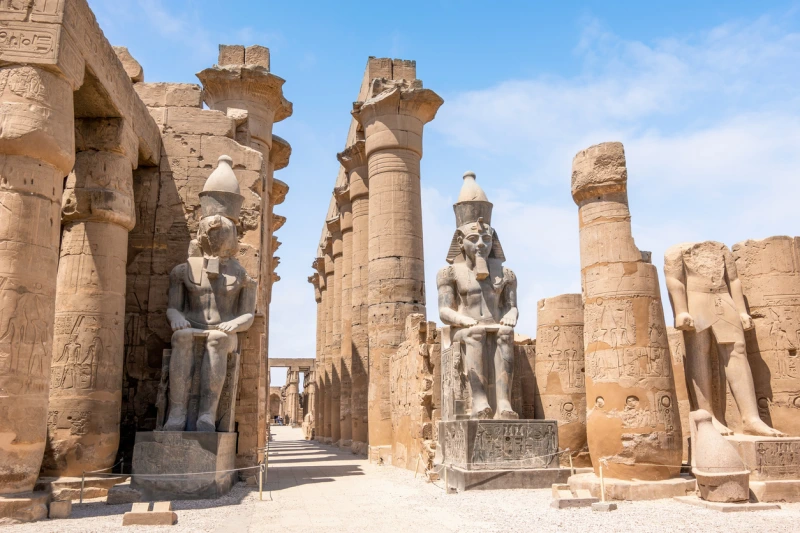
6. Egypt has 3451 hours of sun per year
Egypt is the land of the sun, which makes it a perfect destination for those who are looking to escape from cold winters and aiming for great vacations. To be more precise, Egypt ensures an average of over 3400 hours of sun per year. But if you still want more, then Aswan shall have the answer. The southern city is the 3rd sunniest place in the world, offering 3863 hours of sun per year. This means 10 hours per day!
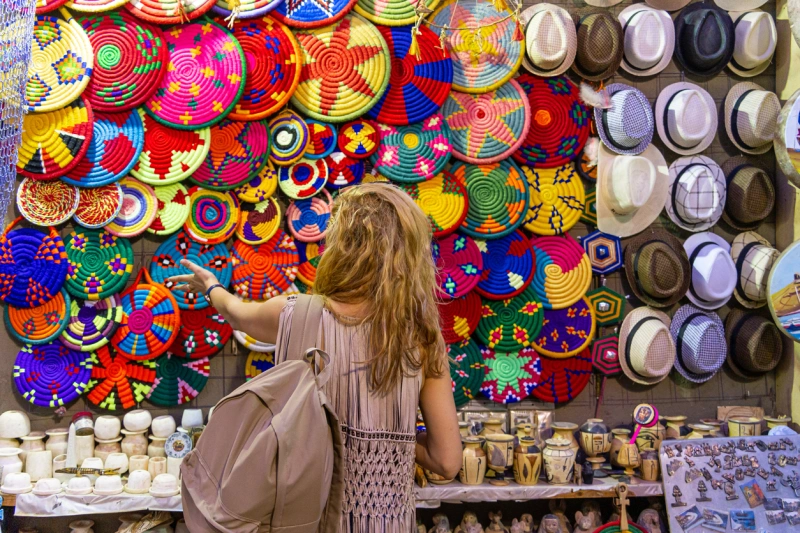
7. Egypt is home to one of the world’s largest dam
And still talking about Aswan, there you will find one of the world’s largest dams. It was built in the 1960s to contain the constant Nile flooding and to bring more electric potential to the country. The High Dam caused the transfer of some temples to new locations; otherwise, they would be inundated, such as the Temples of Abu Simbel and the Temple of Philae. The operation counted with the help of UNESCO and took over 5 years to be completed.
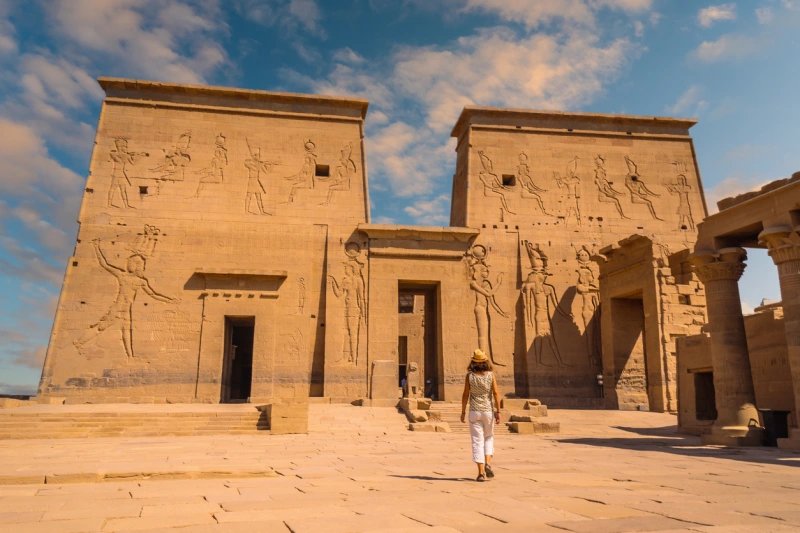
8. The Great Pyramids were not built by slaves
Even though a lot has already been discussed about it, some people still believe that the Great Pyramids of Giza were built by slaves. Over 30 thousand salaried workers built the monuments. The number of fatalities was high and replacements were frequent, yet it was a great honor for these laborers to work for the pharaoh.
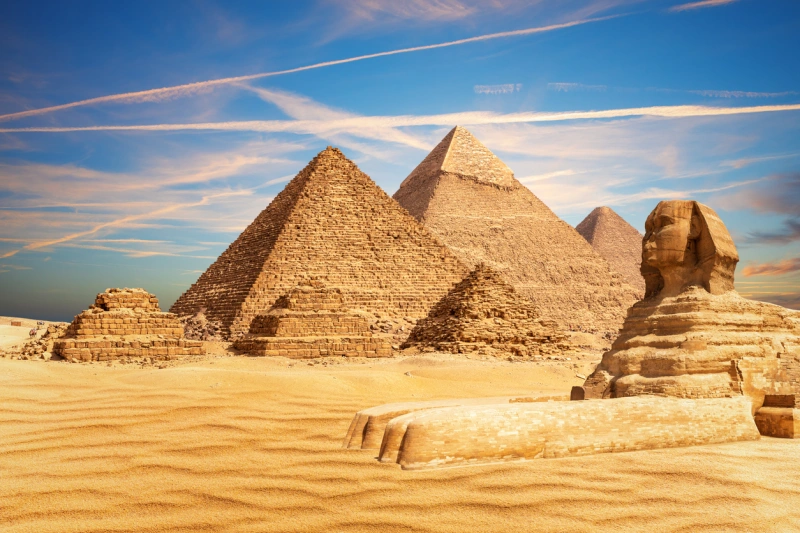
9-Ancient Egyptian Women had a lot of freedom
Throughout history, women have been seen as inferior and have had to fight for their rights. In Ancient Egypt, even though things were not perfect for them, they enjoyed a lot of independence, such as legal and financial. They had the right to divorce, and couples signed prenuptial contracts, guaranteeing that women would be compensated in case of divorce.
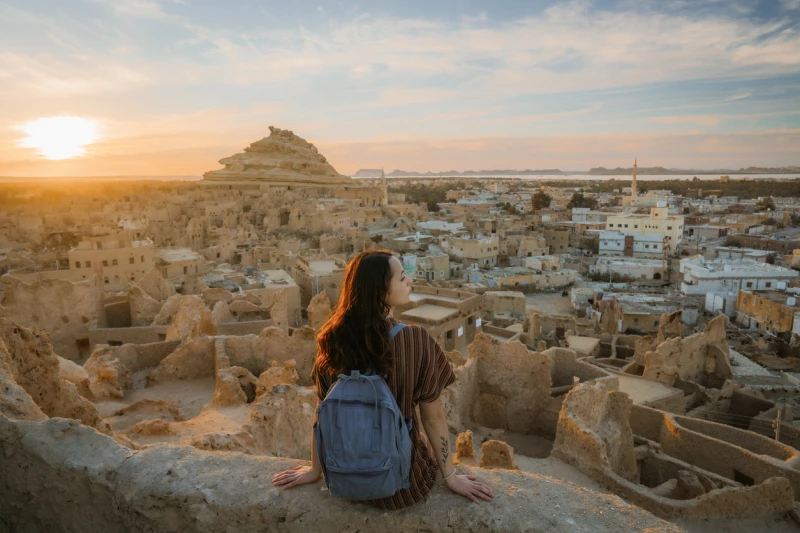
10. Most pharaohs were fat
The statues of pharaohs may have depicted them in slim bodies, but the reality most probably was far beyond what these images show us. At that time the Egyptian diet was composed of wine, beer, honey, and bread, and differently from farmers, who would spend their days working under the sun, royals did not spend enough time doing physical activities. Many mummies were found to be obese and overweight, such as the mummy of Queen Hatshepsut, who suffered from diabetes.
Discover these Historical Scenes by yourself by booking with Nile Cruise Vacation!
